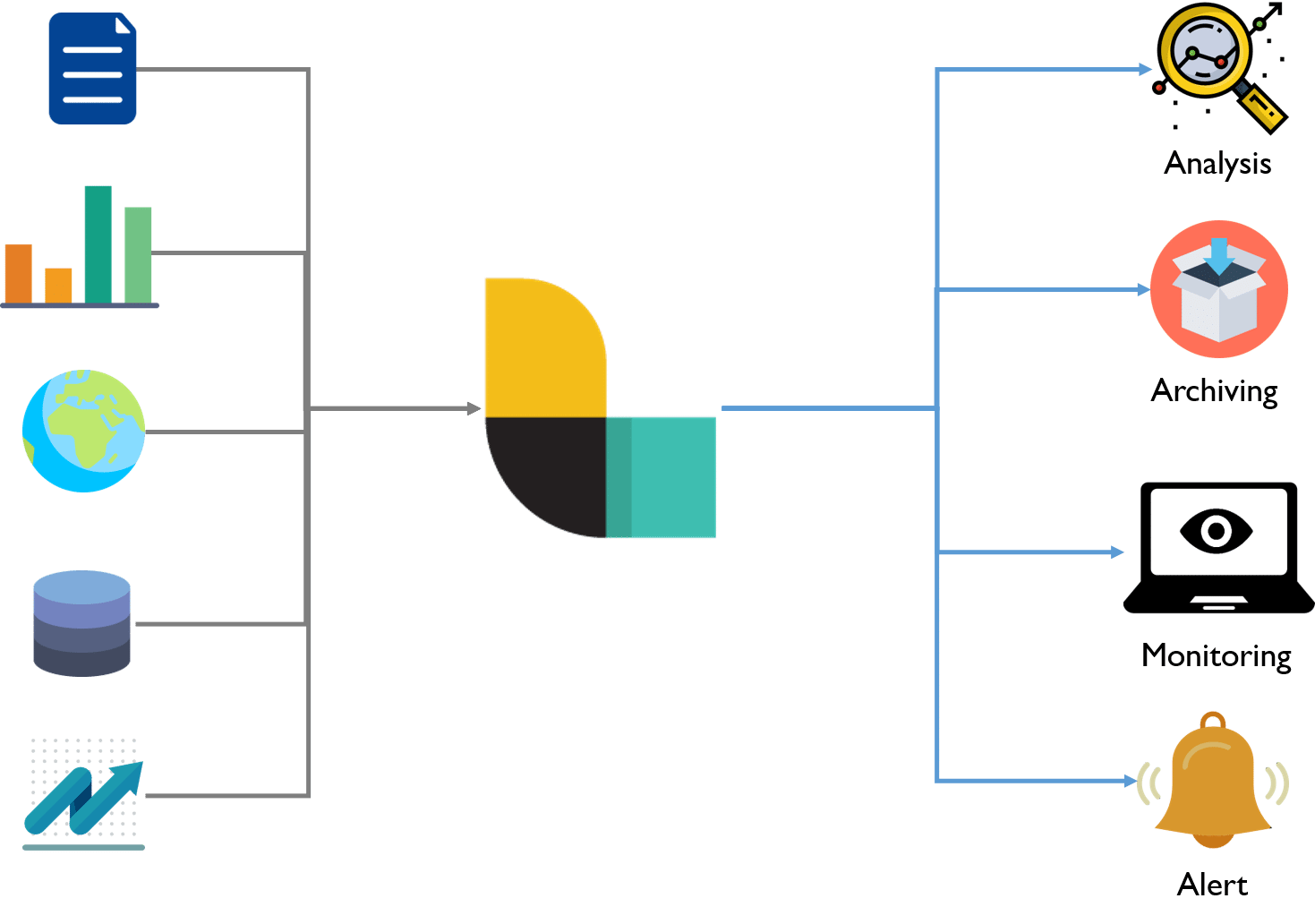
LOGSTACK LIST FILEBEATS PASSWORD
Simply find and replace the variables $TODO_POXY_USERNAME and $TODO_PROXY_PASSWORD with the username and password you want users to enter when trying to access Kibana.usr/bin/nodejs /opt/proxy " $ELASTICSEARCH " If you have multiple environments then you can modify the script to look something like this assuming you are using an Elastic Beanstalk environment variable called ENVIRONMENT.ĮLASTICSEARCH= "dev-elasticsearch-endpoint-goes-here " if thenĮLASTICSEARCH= "prod-elasticsearch-endpoint-goes-here " fi.Simply replace $TODO_ELASTICSEARCH_ENDPOINT with the Elasticsearch endpoint found in the AWS Elasticsearch dashboard.In order to get the AWS Elasticsearch Authentication Proxy running you must first do some simple configuration so that it can work in your AWS setup, simply follow these steps. This is where the AWS Elasticsearch Authentication Proxy component comes in to play by providing an HTTP proxy server that will authenticate the request and allow you to access Kibana.

opt/logstash/bin/logstash -f " $cfg " AWS Elasticsearch Authentication Proxyīy default an AWS Elasticsearch domain does not provide authentication, however if you follow the instructions found here such that only a certain IAM user is allowed access then you are faced with the problem of people can no longer directly access Kibana to view the data. If you have multiple environments and followed are above recommendation then you can do something like the following to make the config file be driven off an Elastic Beanstalk environment variable called ENVIRONMENT.Ĭfg= "/opt/logstash/ $nf ".You must make the necessary modifications to this script so that the cfg variable has the correct config file name.This would then allow you to use Elastic Beanstalk environment variables as part of your setup to ensure the correct configuration file is used by Logstash. If you have multiple environments in AWS, for example a DEV and PROD environment we recommend having a configuration file for each environment and prefix the file name with your environment name.

This example shows how you would take in logs from Filebeat agents, graphite, and our Candlestack service.
We currently package Logstash 2.2.2 for which the documentation can be found here! Configuration Logstash is a critical part of the ELK stack and the major component of Logstack.


 0 kommentar(er)
0 kommentar(er)
